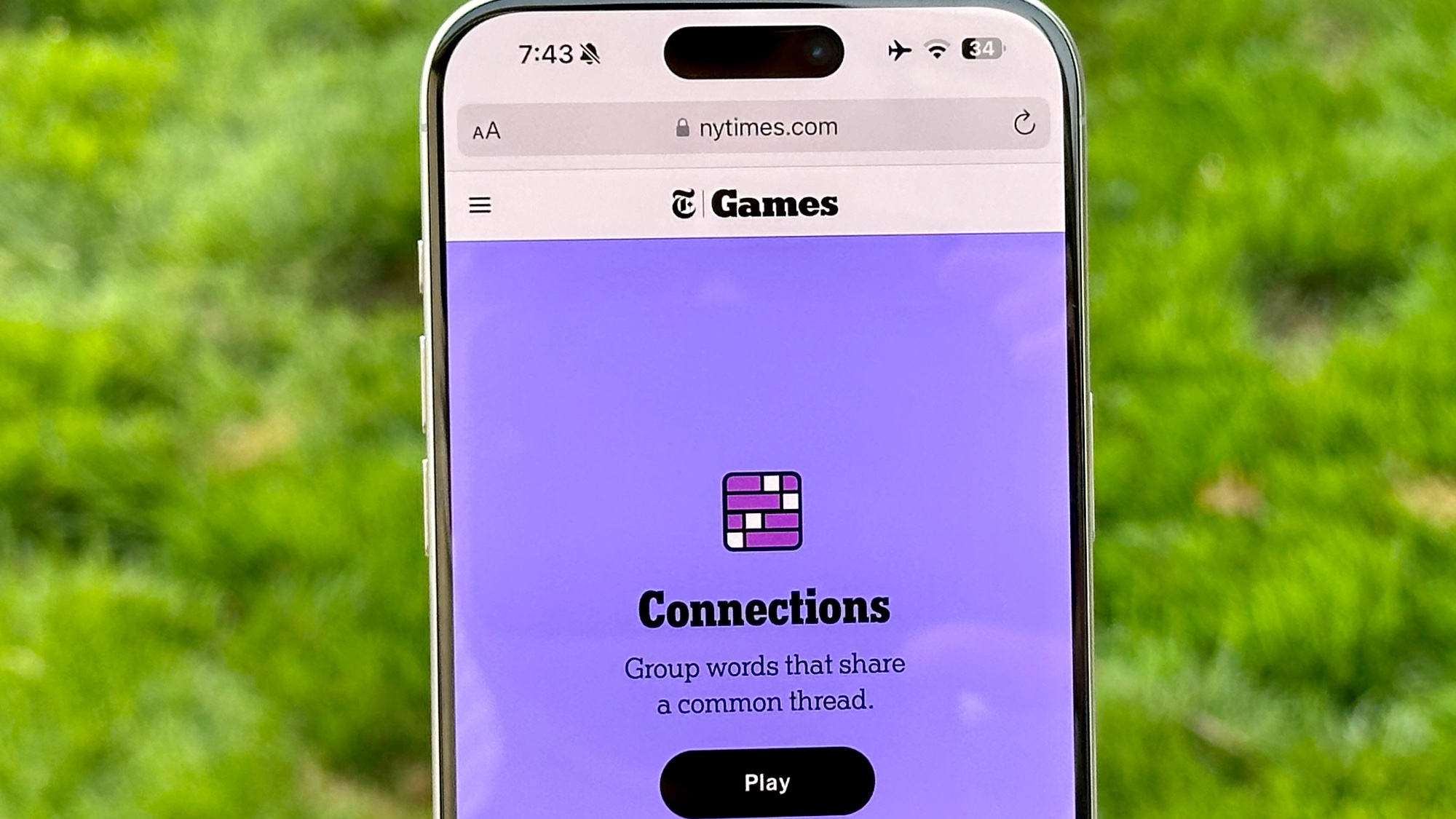Huawei Mate 10 Pro Hands-on: AI That Outsmarts Samsung
Thanks to its Kirin 970 AI processor and dedicated neural processing unit, the Huawei Mate 10 and Mate 10 Pro can do things other flagships simply can’t.
If you’re getting tired of all the hype around artificial intelligence and how it’s going to make your life easier or better, I have good news. The Kirin 970 AI processor inside the 6-inch Huawei Mate 10 Pro and 5.9-inch Mate 10 offers benefits you’ll immediately appreciate.
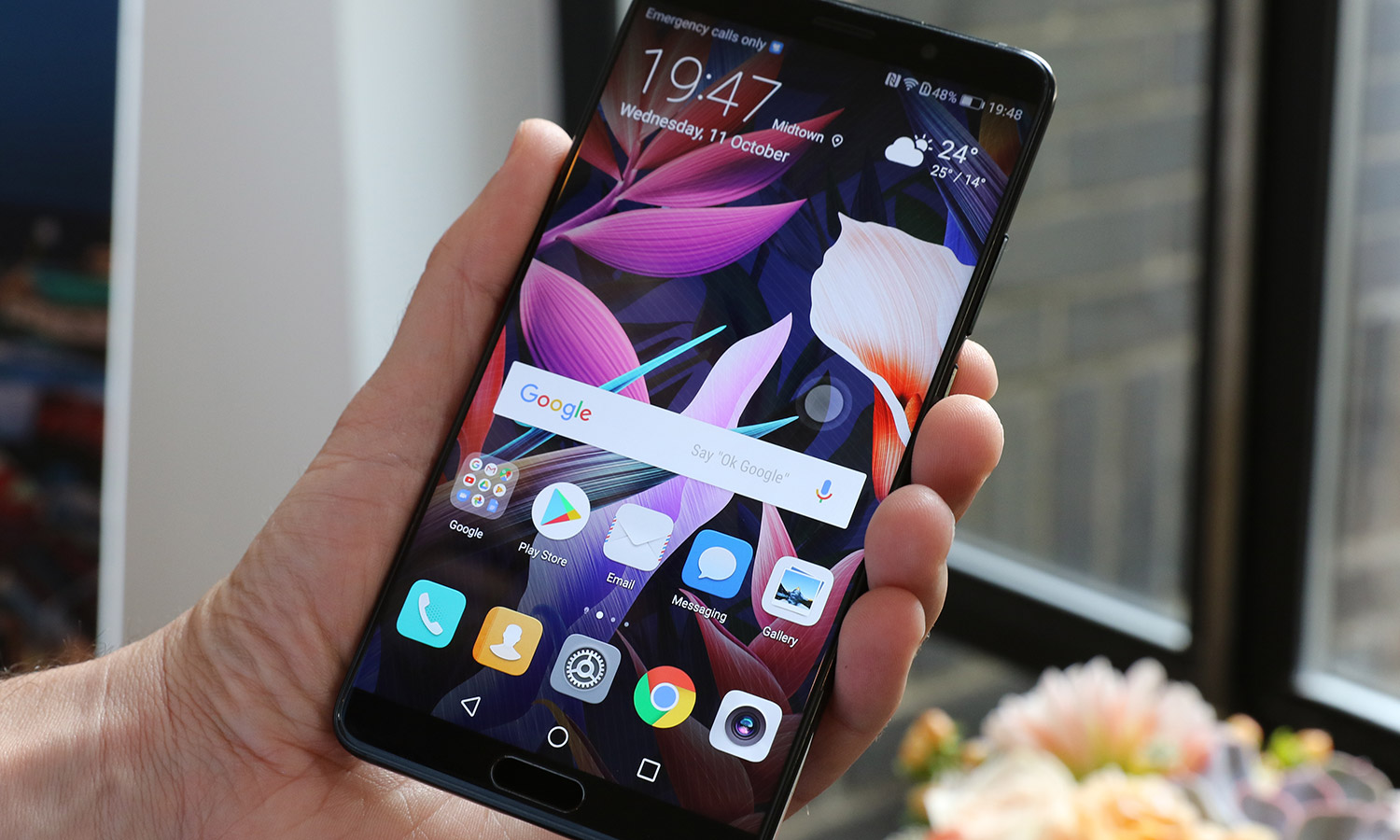
Fire up the dual Leica cameras on either the Mate 10 or Mate 10 Pro, and aim them at a plate of food or fauna, and you’ll see that the phones instantly recognize what they are shooting using real-time scene and object detection. The phones then change the camera mode and post processing settings on the fly. You can tell thanks to a little icon for a knife and fork or a flower that pops up right on the live view.
The results I saw during my hands-on time with Huawei’s new phones were pretty impressive, too: the Mate 10 delivered richer colors when shooting a vase of flowers, while the same image shot by the Galaxy S8 looked flat by comparison. When shooting food, I noticed a boost in contrast compared to what I saw with the naked eye. Other scenes the Mate 10’s cameras can detect include water, cats, dogs, plants and outdoor landscapes.
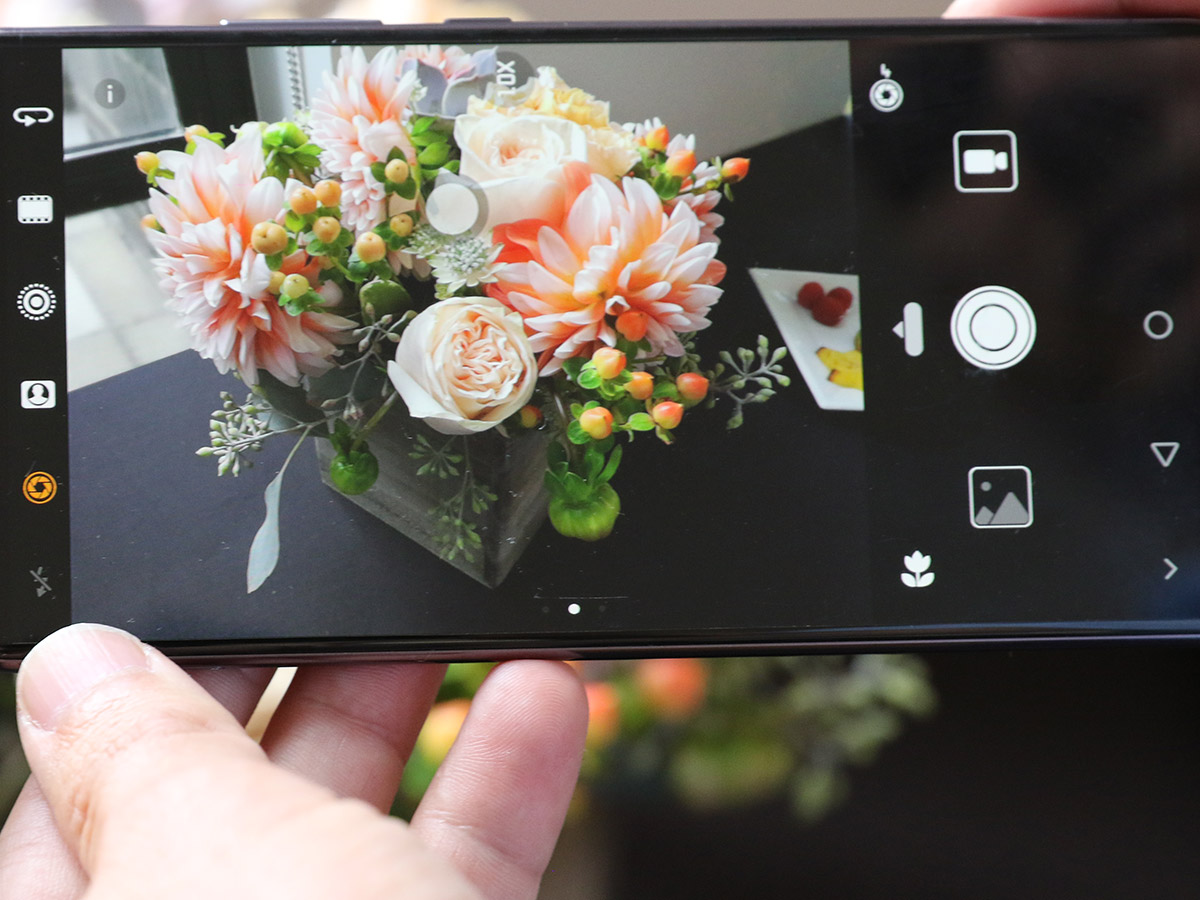
Note that Huawei isn’t saying yet when the Mate 10 and Mate 10 Pro are coming to the U.S., but the company hinted that we should see one of the devices hit stateside in the near future. For now, Huawei is sayng that the Mate 10 Pro will be available in 15 countries starting in late October for €699, while the Mate 10 Pro will be arriving in more than two dozen countries come mid November for €799.
MORE: Best Smartphones - Here Are the 10 Best Phones Available
With the specialized Neural Processing Unit on the Kirin 970, Huawei claims that the Mate 10 and Mate 10 Pro also deliver 20 percent better performance for AI-related tasks. This includes translating foreign languages super fast with Microsoft’s Translator app, which comes preloaded on both phones. I pointed the Mate 10 at a Chinese sign, and it instantly translated the phrase. Huawei says it will be working with third-party developers to optimize their apps as well for the Kirin 970 chip.
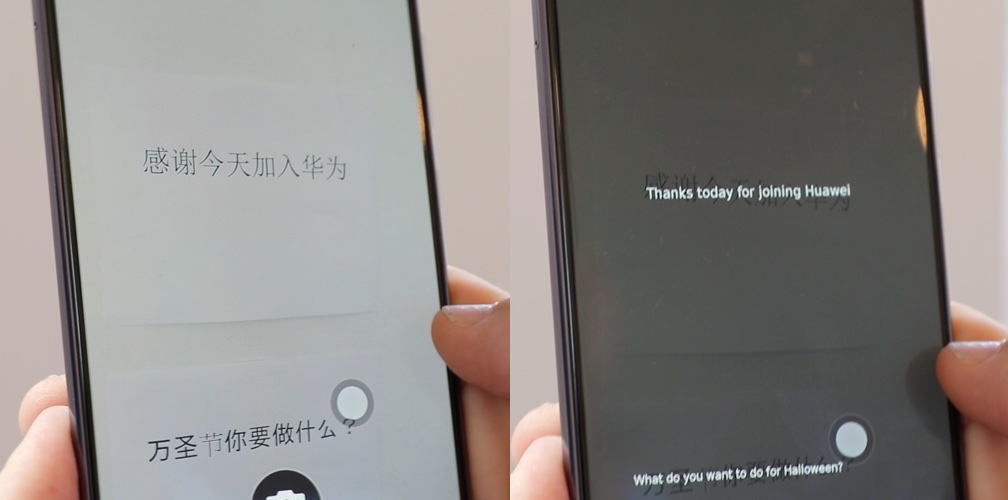
Both the Mate 10 and Mate 10 Pro pack the powerful new Kirin 970 processor in an attractive all-glass designs that are curved on all four sides. Unlike the chunky stripe that goes across the top of the Pixel 2, I like the narrow band that goes across the top of these handsets, as they highlight the Leica cameras. But I’m not a fan of how fast the backs pick up fingerprints.
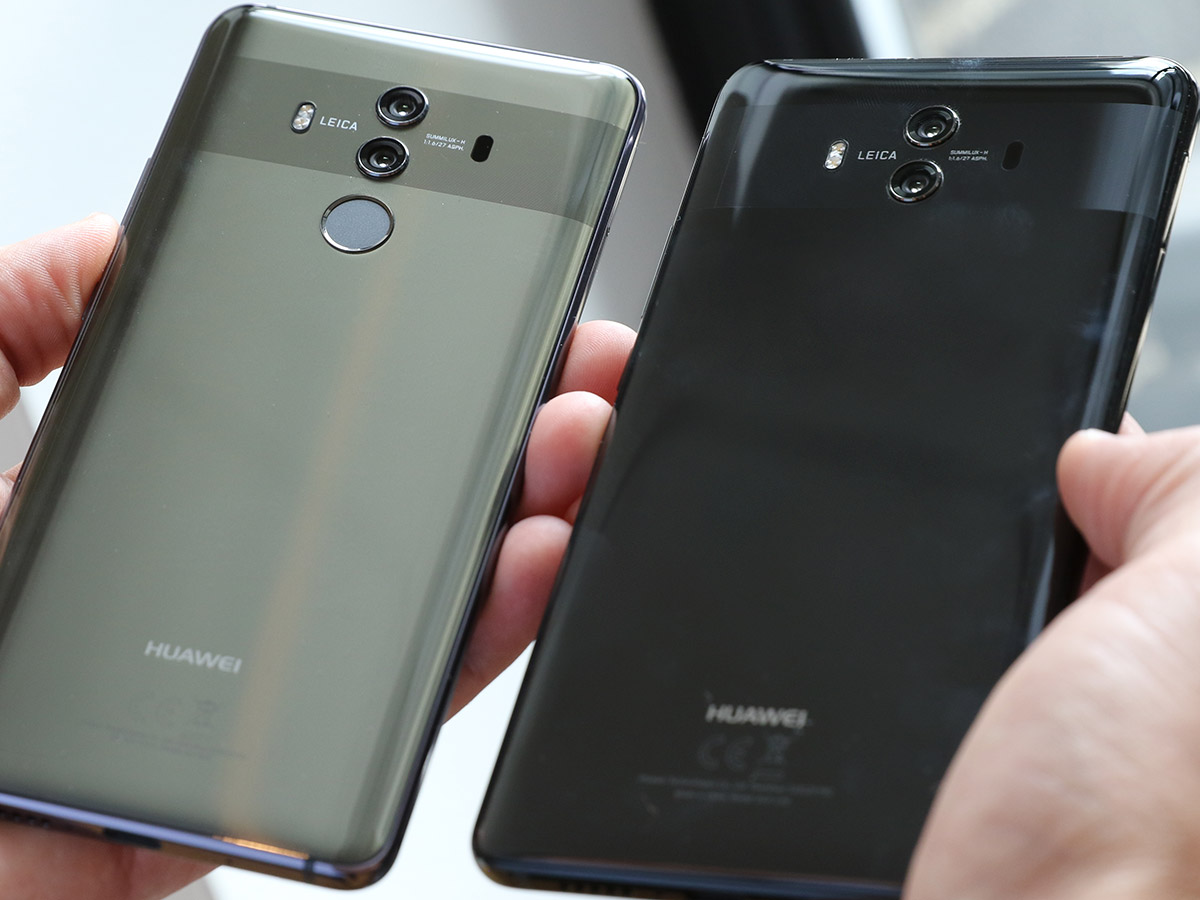
The Mate 10 will come in a luscious Mocha Brown, as well as Black, Champagne Gold and Pink Gold, while the Mate 10 Pro will come in the same Mocha Brown and Pink Gold and add Midnight Blue and Titanium Gray.
Huawei Mate 10 vs Mate 10 Pro: Specs Compared
| Model | Huawei Mate 10 | Huawei Mate 10 Pro |
| Display | 5.9-inch LCD (2560 x 1440) | 6-inch OLED (2160 x 1080) |
| CPU | Huawei Kirin 970 | Huawei Kirin 970 |
| OS | Android 8.0 with EMUI 8 | Android 8.0 with EMUI 8 |
| Back Camera | Dual Leica (20-MP Monochrome + 12-MP RGB) f/1.6 | Dual Leica (20-MP Monochrome + 12-MP RGB) f/1.6 |
| Front Camera | 8-MP f/2.0 | 8-MP f/2.0 |
| RAM | 4GB | 6GB |
| Storage | 64GB | 128GB |
| microSD? | Yes | No |
| Water Resistance? | No | Yes |
| Battery | 4,000 mAh | 4,000 mAh |
| Size | 5.9 x 3.1 x 0.32 inches | 6.1 x 2.9 x 0.31 inches |
| Weight | 6.5 ounces | 6.3 ounces |
These two phones differ in pretty important ways. The Mate 10 sports a 5.9-inch LCD in a traditional 16:9 aspect ratio, while the Mate 10 Pro has a more colorful 6-inch OLED screen and a narrower 18:9 ratio. So while both screens go from edge to edge — Huawei calls the displays FullView — the Mate 10 Pro is easier to use in one hand. In addition, only the Pro is IP67 water resistant.
On the other hand, only the Mate 10 offers a microSD card slot. Unfortunately, neither handset supports wireless charging, but they do support speedy wired charging.
Whichever model you choose, you’ll get high-quality dual Leica cameras. One of the rear cameras features a 20-megapixel monochrome sensor, and the other offers up a 12-MP RGB sensor; both have an impressively wide aperture of f/1.6, matching one of the lenses on LG's dual rear camera V30. That should result in excellent low-light performance. We’ll have to see how well these sensor stack up to our top camera phone, the iPhone 8 Plus.
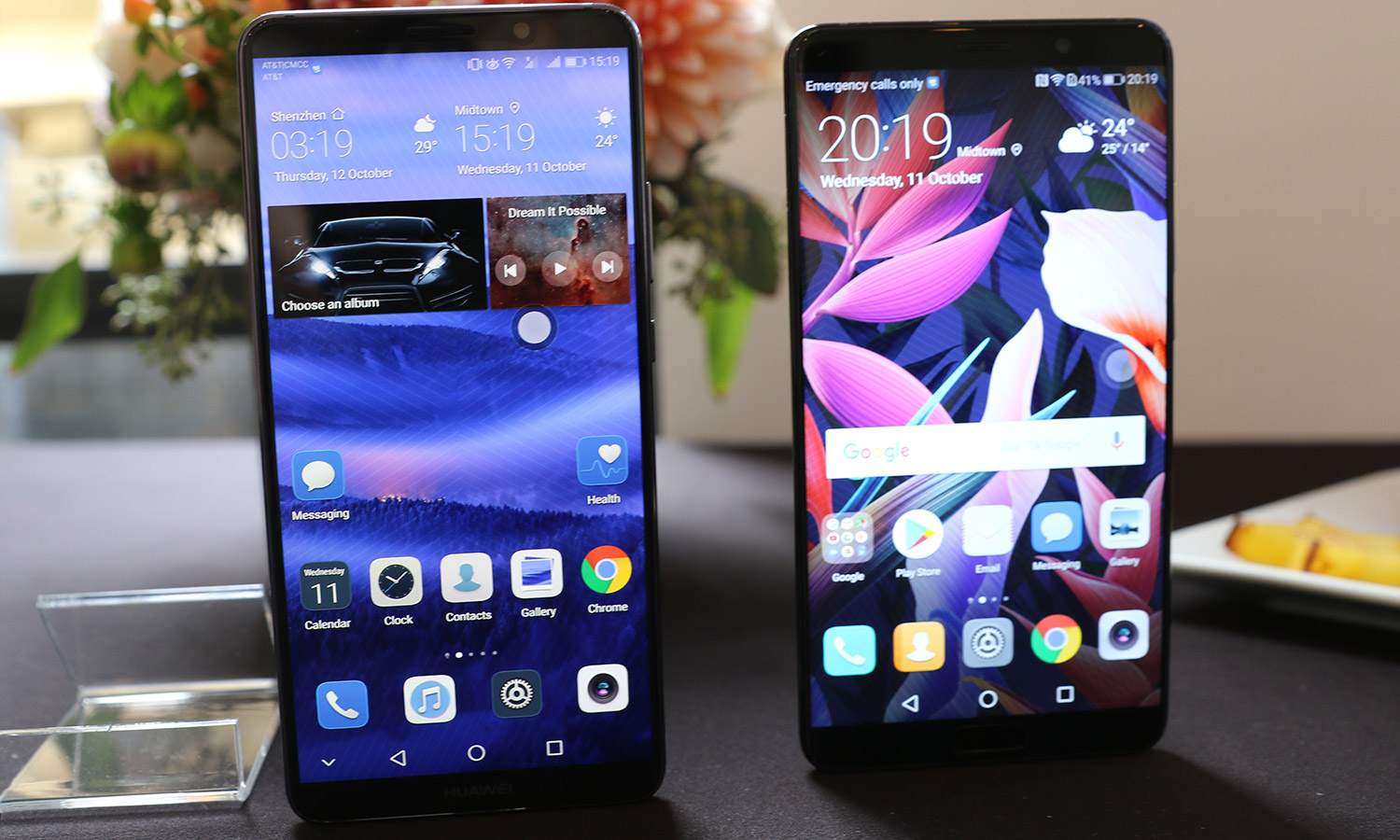
In addition, both phones boast huge 4,000 mAh batteries that Huawei says will deliver up to 20 hours of 4G web surfing. That would be more than double our category average, so we’ll have to put these phones to the test to see if they can crack our longest-lasting phone list.
Paired with Android Oreo, the new EMUI 8 interface on the Mate 10 and Mate 10 Pro does some pretty cool tricks. For example, if you get an incoming text message, the phone will give you the option to jump straight into split-screen mode by tapping on an icon within the notification.
Even more impressive is what you can do with EMUI 8 when you connect the Mate 10 or Mate 10 Pro to a TV or monitor with a USB C-to-HDMI cable. You’ll get a desktop-like interface and the ability to run multiple apps in their own windows, similar to Samsung’s DeX station for the Galaxy S8 and Galaxy Note 8. However, an $18 cable costs a lot less than $121 accessory.
The Mate 10 packs 4GB of RAM and 64GB of storage, while the Mate 10 Pro that offers 6GB of RAM and 128GB. In addition, both phones have dual-SIM support, and each slot supports 4G LTE.
Unfortunately, we don’t know when the Mate 10 or Mate 10 Pro are coming to the U.S., but if I were advising Huawei, I’d push harder for the Mate 10 Pro. Its 18:9 OLED screen is simply sexier, and if you’re going to try to take on the likes of the Galaxy S8 and S8+, you’re going to need equal parts beauty and brains.
Photo Credits: Tom's Guide
Sign up to get the BEST of Tom's Guide direct to your inbox.
Get instant access to breaking news, the hottest reviews, great deals and helpful tips.
Mark Spoonauer is the global editor in chief of Tom's Guide and has covered technology for over 20 years. In addition to overseeing the direction of Tom's Guide, Mark specializes in covering all things mobile, having reviewed dozens of smartphones and other gadgets. He has spoken at key industry events and appears regularly on TV to discuss the latest trends, including Cheddar, Fox Business and other outlets. Mark was previously editor in chief of Laptop Mag, and his work has appeared in Wired, Popular Science and Inc. Follow him on Twitter at @mspoonauer.

